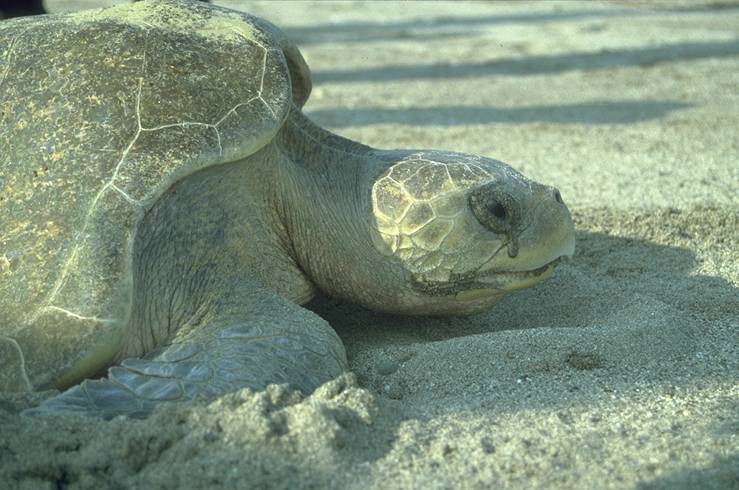 In recent research studies, it was shown that the accumulation of genes in one's body can dictate the height of that person. The findings of this research show that the combination of a large number of genes in an individuals, rather than just a "tall" or "short" gene, can determine their height. Even though this research did not contribute in explaining the heritability of height, it has given scientists insight on how genes play a role in human height and what biological pathways those genes play a role in.
In recent research studies, it was shown that the accumulation of genes in one's body can dictate the height of that person. The findings of this research show that the combination of a large number of genes in an individuals, rather than just a "tall" or "short" gene, can determine their height. Even though this research did not contribute in explaining the heritability of height, it has given scientists insight on how genes play a role in human height and what biological pathways those genes play a role in. In one study, hundreds of investigators from multiple countries were selected to identify which genes affect height in approximately 200,000 human samples. After the research was completed, the investigators then combined their results to see what additional results could be found. The pooling of all the samples was necessary because since height is a complex genetic trait, with possibly a number of genes with small effect each adding up to influence whether a person would be taller or shorter.
After all the research was statistically analyzed, it was found that there were 180 different genetic regions that influence the trait. "These common gene variants could explain as much as sixteen percent of the variation in height," said study co-author Kari North, PhD, associate professor of epidemiology in the UNC Gillings School of Global Public Health. They researchers also found that the genes were not random and could point to functional pathways important in influencing height.
Even though many scientists obtained a plethora of information over the course of this study, the proportion of inherited variation in height is still unexplained. However, this newly acclaimed knowledge can give important insight height, skeletal growth, and growth defects. It is also shows how similar approaches can be taken to look for genes underlying other common traits and diseases relevant to body size, like type 2 diabetes.

